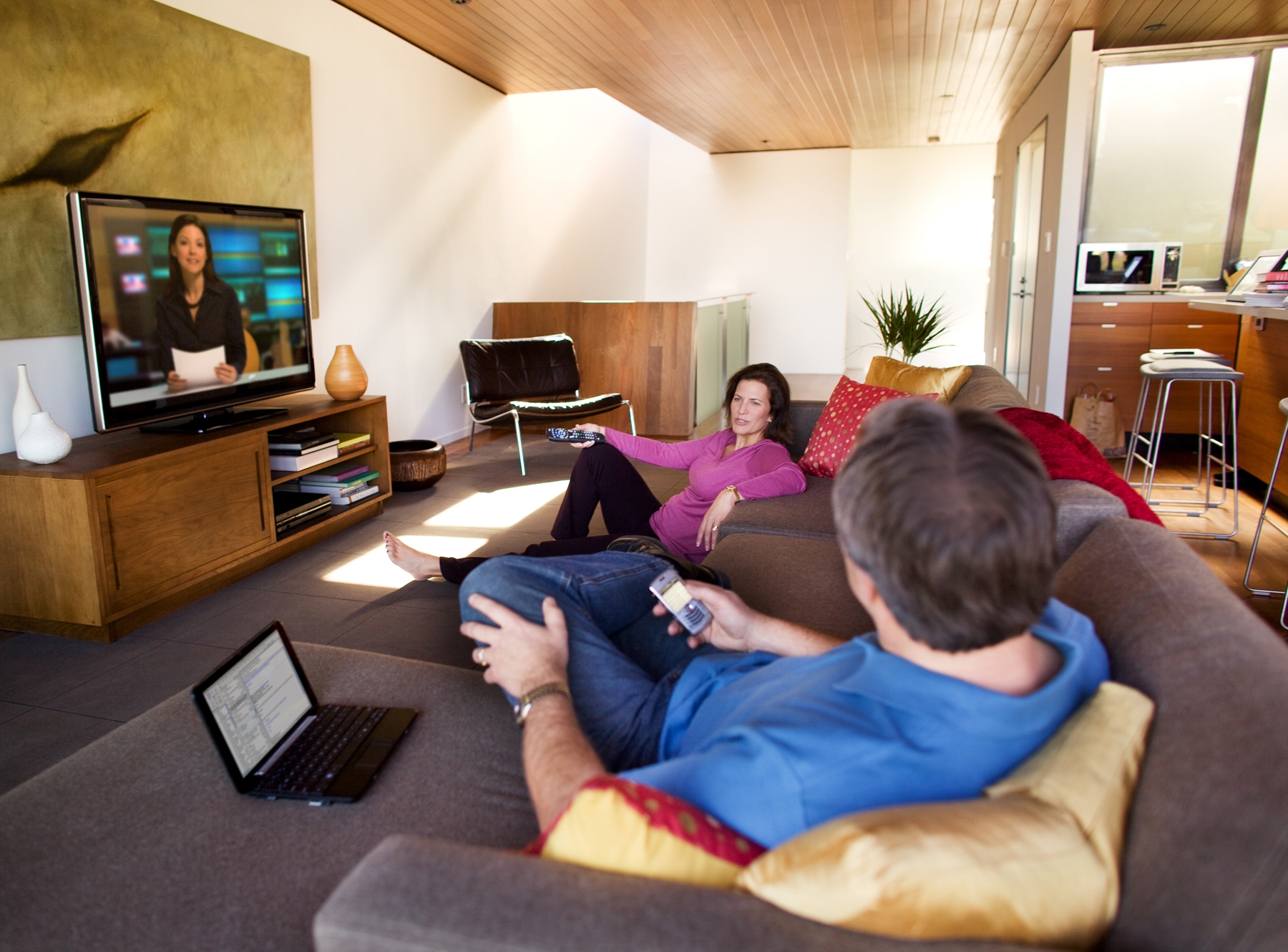- Home
- Hearing Loss
- Hearing Aid Use And Care
How to make watching television more enjoyable when you have hearing loss
2020-07-09While baseball was first to earn the nickname “America’s pastime,” our love for entertainment and education has bumped the use of television well above baseball — and all other sports for that matter.
Why TV is challenging for people with hearing loss

People with hearing loss, and sometimes even those wearing hearing aids, can find watching television challenging. This article will help you understand some of the factors that impact television sound quality and the tools that are available for enhancing the enjoyment of coveted TV time.
Hearing loss and the auditory system (your ears)
Individuals with hearing loss can face two challenges when it comes to being able to enjoy sound from a television: loudness and clarity. Properly fit hearing aids can help overcome hearing loss and ensure that sounds are audible. But things get more complicated when clarity or speech understanding is compromised. Individuals who struggle with both issues often report that the TV signal is loud enough but not clear enough.

Technology considerations (your television)
Sound quality in television is technically defined by how accurately audio is reproduced compared to the original arrangement. TV shows, movies, and video games are all mixed in the studio to have a distinct sound before we view them — which may or may not work well with our personal preferences for sound quality. Believe it or not, some programs are intended to be bass or treble-heavy!
In addition, the frequency response, inherent distortion of the television set and the audio format (analog, digital, compression, bitrate, etc...) can all play a role in the quality of sound provided by the TV.
Unfortunately, most televisions only come with the ability to deliver mediocre fidelity and the use of a dedicated speaker system or soundbar is often required for the best possible replication of the original signal.

Environment and visuals (your setting)
Distance from the television, reverberation and background noise can also impact sound quality in negative ways. In addition, whether we realize it or not, we all use lip reading to supplement speech understanding. Unfortunately, we’re not always guaranteed access to faces on the TV set when people are talking. For example, newscasters share details while the camera pans across a scene, cooking tips are explained while we’re shown a pot on a cooktop, and action movies are notorious for dialogue that occurs simultaneously with car chases or exploding buildings.
So, what can be done to help improve the sound quality experience with the television beyond using a soundbar, closed captioning or recording programs to rewatch them? Starkey is delighted to offer a variety of tools to help optimize and personalize your television listening experience.
Latest
- The ultimate guide on how to choose hearing aids for seniors
- In addition to performance, how do parents choose children's hearing aids?
- Hearing Care Professional: How Do You Maintain Your Hearing Aids Regularly?
- Don't forget auditory rehabilitation training after wearing hearing aids
- 4 points to note when buying hearing aids
Hearing Aid Use And Care













All 0 comments